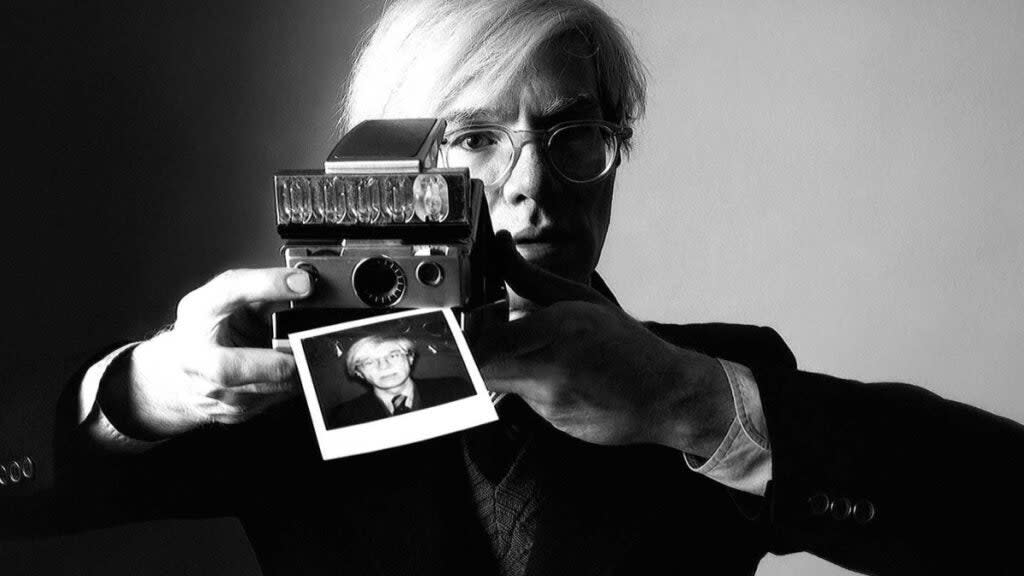Supreme Court Rules Andy Warhol’s Prince Images Violated Photographer’s Copyright

The Supreme Court ruled Thursday that a 1984 work by iconic artist Andy Warhol that features rock legend Prince infringed on the copyrights held by well-known rock photographer Lynn Goldsmith.
The 7-2 ruling confirmed that Warhol’s manipulation of Goldsmith’s images was not protected by the fair use doctrine of copyright law, a decision that will likely have widespread implications on the creation of new works.
Justice Sonia Sotomayor, writing for the majority, said the photographer’s “original works, like those of other photographers, are entitled to copyright protection, even against famous artists.”
The case stemmed from the use of “Orange Prince,” a silkscreen portrait of the “Purple Rain” singer that Warhol created as part of a series derived from a copyrighted photograph taken by Goldsmith in 1981 for a Newsweek story about the then up-and-coming artist.
Also Read:
CW President Says ‘Far More Fun’ Critics Choice Awards Could ‘Replace’ the Golden Globes
Mitch Glazier, chairman and CEO of the Recording Industry Association of America trade group, lauded the “considered and thoughtful decision.”
“Lower courts have misconstrued fair use for too long and we are grateful the Supreme Court has reaffirmed the core purposes of copyright,” Glazier said in a statement. “We hope those who have relied on distorted – and now discredited – claims of ‘transformative use,’ such as those who use copyrighted works to train artificial intelligence systems without authorization, will revisit their practices in light of this important ruling.”
In 1984, Goldsmith granted a limited license to the Conde Nast magazine Vanity Fair for use of one of the Prince photos as an “artist reference for an illustration.” Importantly, the terms of the license included that the use would be for “one time” only.
Vanity Fair hired Warhol to create the illustration, and the pop artist used Goldsmith’s photo as the basis for a purple silkscreen that appeared in the magazine’s November 1984 issue. Goldsmith was credited and paid $400 for the use. Warhol died in 1987.
Also Read:
‘Youth’ Review: Look Inside Chinese Sweatshops Is Long, Sobering – and Occasionally Fun
The problems over the works began when Prince died in 2016. Conde Nast contacted the Andy Warhol Foundation, which took control over Warhol’s works after his death, to get permission to use the 1984 image for a special edition on his life and work. That was when it learned that Warhol had created 16 other works based on the original photo, with various crops and colors. The magazine purchased the license for “Orange Prince” for $10,000, none of which went to Goldsmith. The photographer also did not receive a source credit in the publication.
Goldsmith was unaware that Warhol had done a series of prints and learned as much only when she saw “Orange Prince” on the cover of Vanity Fair. She contacted the foundation, maintaining that the image violated her copyright. The foundation then sued for a judgment either of noninfringement or “fair use.” Goldsmith countersued, claiming that her copyright was infringed.
The foundation won the initial case but the ruling was reversed on appeal, and the Warhol Foundation brought the matter to the Supreme Court, which considered only the question of fair use.
The Warhol Foundation claimed that the Prince Series works are “transformative,” because the silkscreens carried a different meaning than the original photo. But the court turned away that argument, noting in particular that the photo was used not for purposes previously recognized as falling under fair use like criticism, comment, news reporting or education, but was used for a commercial enterprise intended to sell magazines.
“As portraits of Prince used to depict Prince in magazine stories about Prince, the original photograph and AWF’s copying use of it share substantially the same purpose,” the decision stated. “Moreover, AWF’s use is of a commercial nature. Even though Orange Prince adds new expression to Goldsmith’s photograph, in the context of the challenged use, the first fair use factor still favors Goldsmith.”
Also Read:
Apple TV+ Plans Suite of Peanuts Series Featuring Snoopy (Exclusive)
Justice Elena Kagan, in a dissent joined by Chief Justice John G. Roberts Jr., wrote that the decision “will stifle creativity of every sort.”
The dissent noted Warhol’s fame for transforming “images first created by others” like Campbell’s Soup cans and photos of celebrities like Marilyn Monroe, Elvis and Elizabeth Taylor.
“That’s how Warhol earned his conspicuous place in every college’s Art History 101,” Kagan wrote. “So it may come as a surprise to see the majority describe the Prince silkscreen as a ‘modest alteration’ of Lynn Goldsmith’s photograph” with the “same essential nature. Or more generally, to observe the majority’s lack of appreciation for the way his works differ in both aesthetics and message from the original templates.”
In prior cases, Kagan wrote, the court asked if the “copier” added something new that altered the original with new expression, meaning or message, and when it did so, the work was found to be fair use.
“But today’s decision—all the majority’s protestations notwithstanding—leaves our first-factor inquiry in shambles. The majority holds that because Warhol licensed his work to a magazine—as Goldsmith sometimes also did—the first factor goes against him.”
The dissent called this a “doctrinal shift” that “will impede new art and music and literature.”
“It will thwart the expression of new ideas and the attainment of new knowledge. It will make our world poorer.”
Also Read:
Twitter Not Liable for ISIS Activity, Supreme Court Rules

